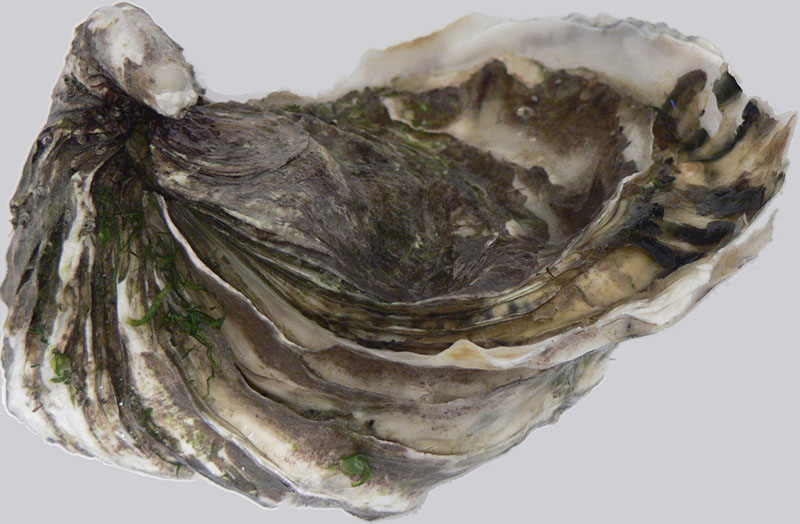Experts suggest oysters get tested early and often
Let’s get this out of the way: the term “oyster herpes” is gross. However, it’s not what you might think. Apparently, there are all sorts of strains of the herpes virus, but unlike the variety that affects humans and manifests as blisters, the herpes virus that targets oysters is far worse (for them, anyway) and results in death.
If there’s any silver lining to that statement, it’s that humans can’t contract an infection from diseased oysters — and at least for now — the disease is only widespread in certain types of European oysters. Of course, it’s an odd thing that Pacifics are the most harvested oyster in Europe, but after they were introduced during the 1970s, the variety took off, in the water and on the plate.
So why is any of this important? First, the oyster herpes virus is now widespread and wiping out French and English broodstocks. That’s significant because these are a mainstay along the entire West Coast of the United States. Second, the manifestation of the disease in Europe over the past few years coincided with the warmest temperatures on record, and taking that into account, researchers in California have seen a similar increase in water temperature and a “herpes-like” disease in Pacific oysters there, although they are quick to point out that it is not the same.
Over on the U.S. East Coast, researchers and geneticists have created disease-resistant strains of their native Eastern oyster that are spawned for aquaculture seed. This came after years where those oysters were wiped out from MSX disease and Dermo. A third oyster disease — Vibrio — is becoming apparent and spreads with significantly increased water temperatures.
Right now, Europe doesn’t have the luxury of time to research and raise their strongest oysters if they want to continue growing Pacifics, but there’s hope in selecting oysters to rebuild their populations.

An image of the "chip" used in oyster genetic screening research. Courtesy University of Edinburgh.
Scientists at the University of Edinburgh’s Roslin Institute have just announced a new genetic screening tool that samples living Pacific oysters and determines if they are susceptible to the herpes virus (and a host of other traits for good measure). After taking a tiny sample of oyster DNA, the material is inserted on to a “chip.” Once a healthy one is found, it goes into a bucket and heads to the hatchery.
( If you don’t know how oysters spawn in a laboratory, you basically put 20-30 of them in trays filled with warm water, raise the temperature a degree or two each day for a month, play some Barry White music and wait.)
If you are interested in reading the technical side of how the “chip,” works, and what genetic marker it looks for, head to the DNA journal G3, where the study has just been published.







